When it comes to getting ready for unexpected situations, having the right food on hand is super important. While there are many options out there, one often overlooked but essential item is beans. Beans are not only an incredibly nutritious food source but also a practical choice for prepping.
When it comes to prepping and storing beans for long-term use, the excellent choices are white beans, black beans, kidney beans, and lentils due to their nutritional value, versatility, and shelf-life. It’s essential to properly dry them and store them in a cool, dark, and dry place in airtight containers.
In this article, we will explore the best beans for prepping and how to store them properly to maintain their freshness and nutritional value.
Why are Beans a Good Choice for Prepping?
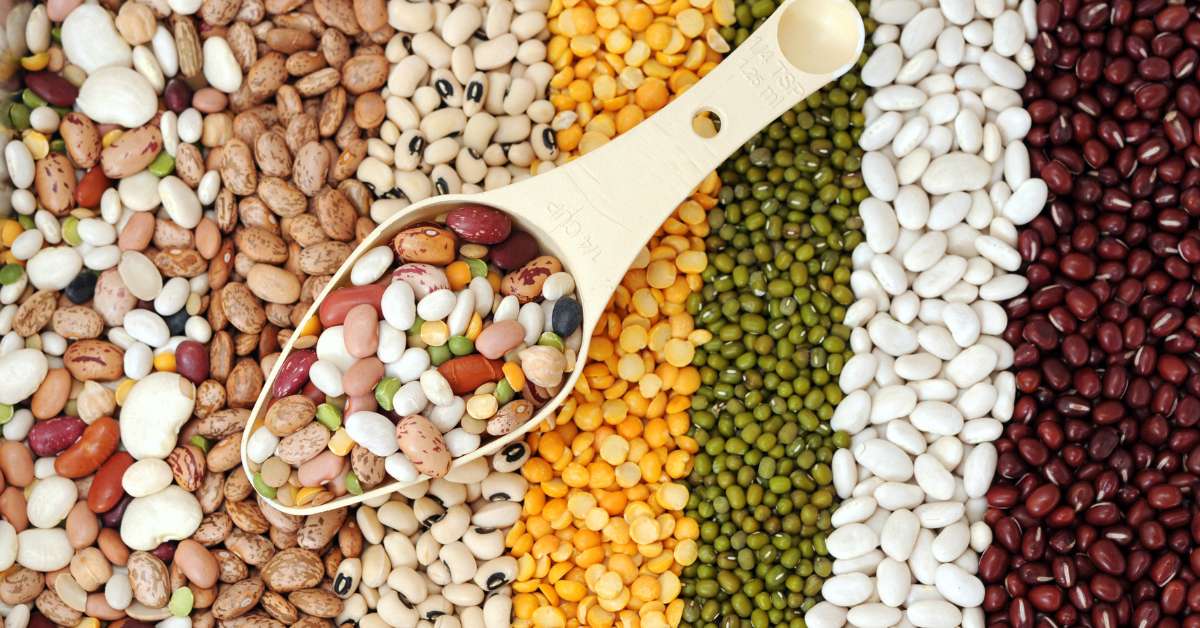
Beans are an excellent choice for prepping due to their high nutritional value, long shelf life, and ease of storage and preservation.
Nutritional Value
Packed with essential nutrients, beans are a healthy and delicious addition to any prepper’s pantry. Beans offer a wide range of health benefits, making them an ideal prepping choice. They’re rich in protein, fiber, and complex carbohydrates, providing long-lasting energy during crises.
Long Shelf Life
With their extended shelf life, beans can be a reliable and versatile addition to any emergency food supply. The best ways to store them for extended shelf life include using airtight containers or Mylar bags, keeping them in a cool and dry place, and protecting them from light and pests.
Ease of Storage and Preservation
Storing beans is a breeze, and it’s crucial to employ proper storage techniques. If you want to extend the shelf life further, consider drying your beans before storage. Spread them out on a clean surface in a well-ventilated area until completely dry. Another option is freezing beans. Freeze-dried food last for decades, so this is a great option for long-term storage.
Versatility in Meal Preparation
Meal planning becomes a breeze with beans in your pantry. With countless recipe ideas and cooking techniques available, you can easily incorporate beans into breakfast, lunch, and dinner. Whether making a hearty bean soup or a flavorful bean salad, these legumes will satisfy your taste buds.
Best Beans for Prepping and Long-Term Storage
Regarding prepping and long-term storage, several types of beans are highly recommended.
White Beans
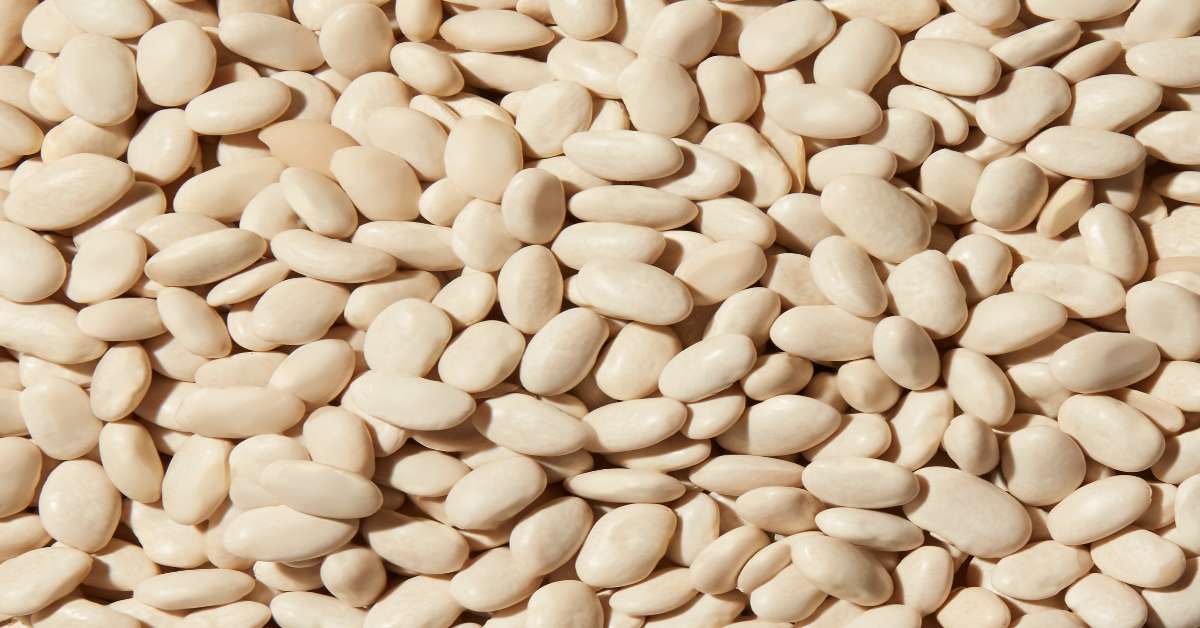
You’ll love using white beans like navy beans, cannellini beans, or Great Northern beans to make a hearty and creamy soup. These types of white beans are not only versatile but also have numerous health benefits.
Navy beans, for example, are packed with fiber and protein, making them an excellent choice for those looking to maintain a balanced diet. Cannellini beans are known for their buttery texture and mild flavor, making them perfect for soups and stews. Great Northern beans taste nutty and hold their shape well when cooked.
Soaking techniques can reduce cooking time and improve digestibility. With their versatility and health benefits, it’s no wonder that white beans are a popular choice for prepping delicious meals that will keep you satisfied during long-term storage.
Black Beans
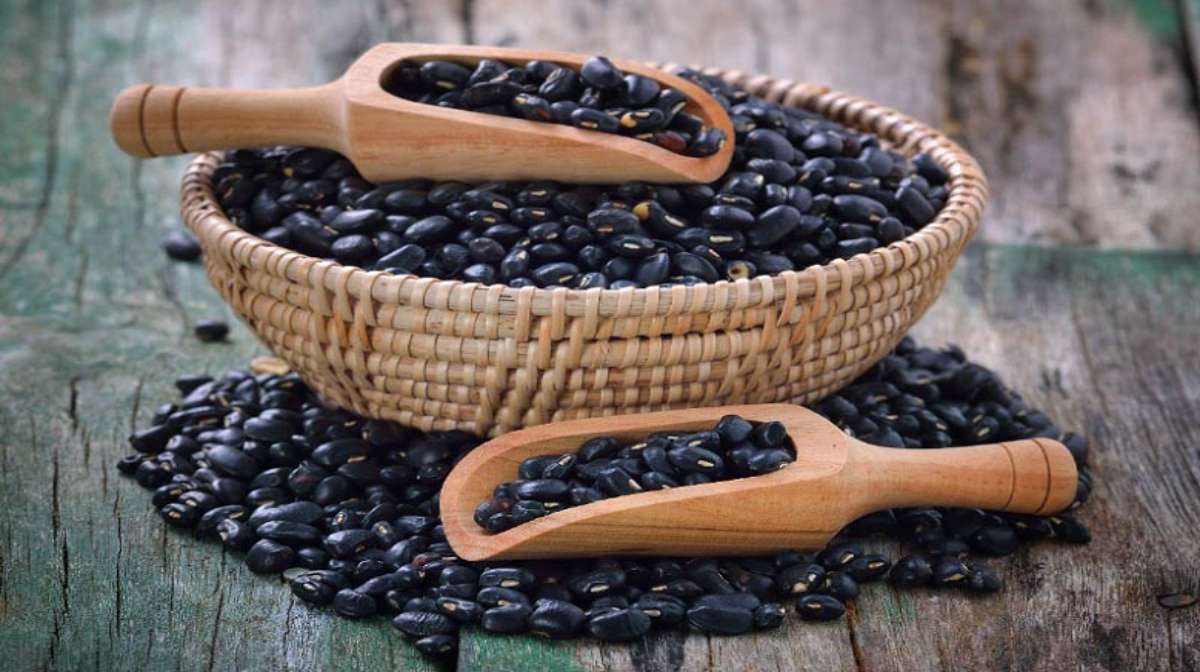
If you want a flavorful and nutritious addition to your pantry, black beans like black turtle beans or black-eyed peas are a must-try.
When it comes to cooking black-eyed peas, soaking them overnight is recommended to reduce cooking time and improve digestibility. Unlike black turtle beans, which have a dense texture when cooked, black-eyed peas have a softer consistency that makes them perfect for incorporating into casseroles or serving as a side dish.
While black beans and black-eyed peas belong to the legume family, there are some critical differences between them. Black turtle beans have a deep earthy flavor with hints of mushroom, while black-eyed peas possess a slightly sweet taste.
Adding black turtle beans or black-eyed peas to your prepping supplies offers delicious flavors and nutritional benefits. Experiment with different recipes while enjoying the health perks these versatile legumes provide.
Kidney Beans
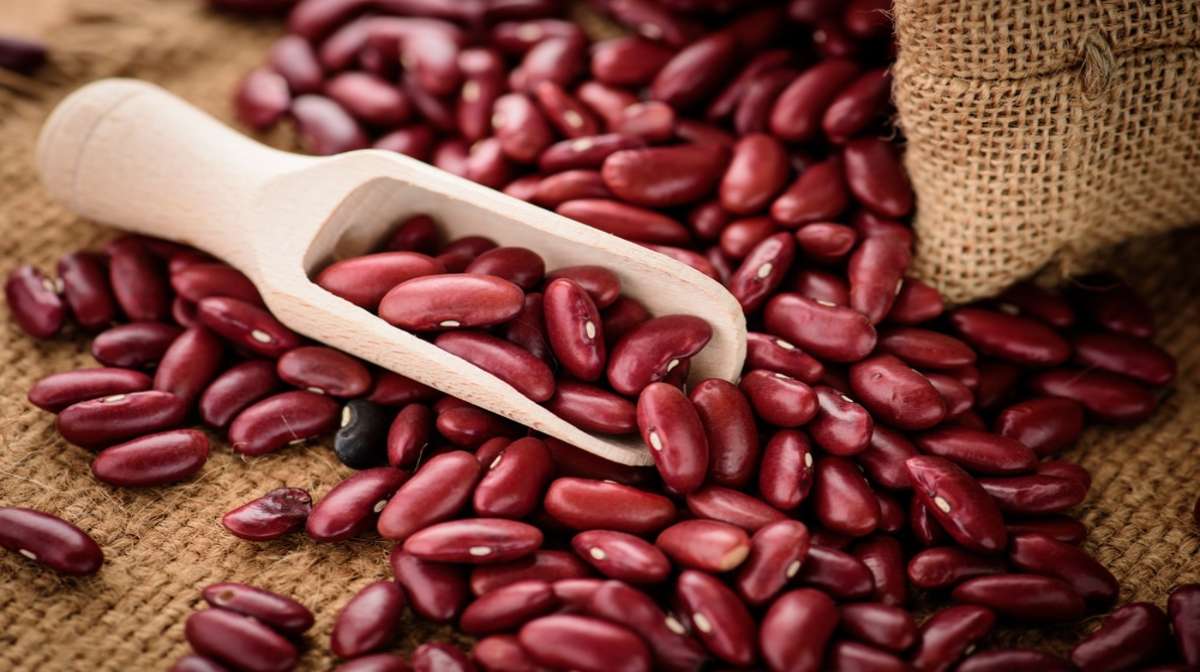
Known for their vibrant red color and robust flavor, kidney beans, such as red and pinto beans, are a staple in many cuisines worldwide. They’re commonly used in dishes like chili, soups, and stews because they hold up well during long cooking times.
In addition to their culinary uses, kidney beans offer numerous health benefits. They’re an excellent source of plant-based protein and fiber, making them a great choice for those looking to incorporate more vegetarian or vegan options into their diet. Kidney beans have also been linked to improved heart health and blood sugar control.
To properly prepare kidney beans, it’s recommended to soak them overnight before cooking. This helps reduce cooking time and removes any potential indigestible compounds. When cooked, kidney beans have a creamy texture and a slightly sweet flavor that pairs well with various spices and herbs.
Lentils
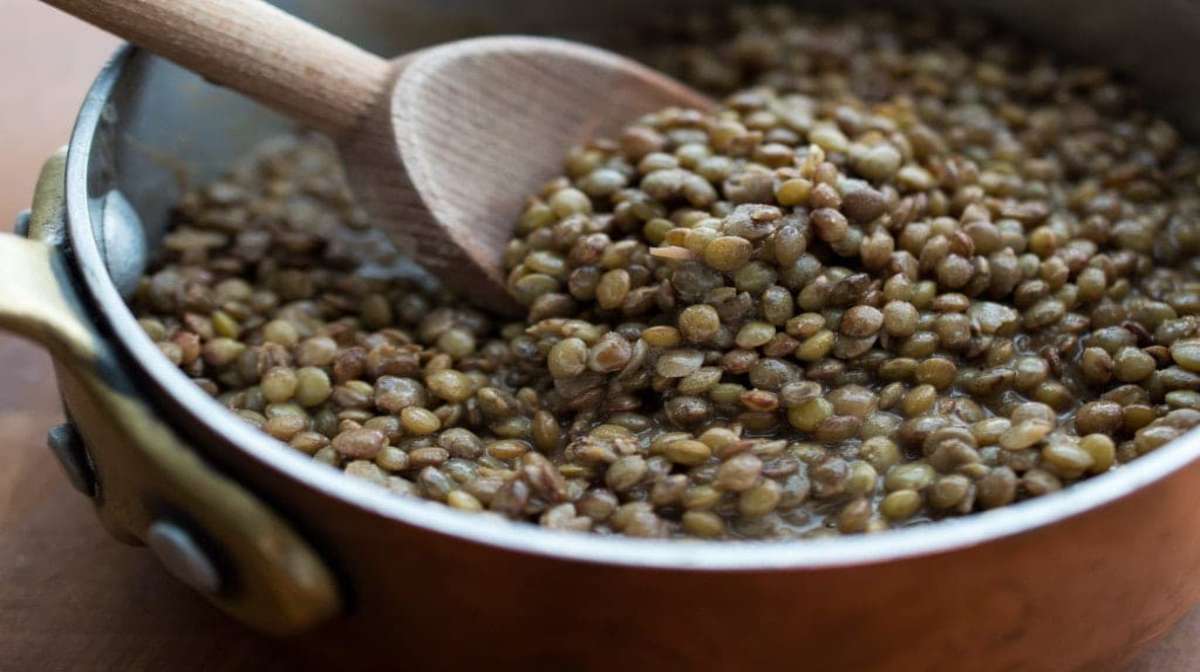
Renowned for their versatility and rich flavors, lentils, such as red lentils, green lentils, and brown lentils, are a must-have in any pantry. Each type of lentil offers unique benefits when it comes to meal prepping.
Red lentils, for example, cook quickly and break down easily, making them perfect for soups, stews, and curries. They’re also packed with protein and fiber, promoting heart health and aiding digestion.
On the other hand, green lentils hold their shape well after cooking and have a slightly nutty flavor. They’re ideal for salads or as a side dish.
Lastly, brown lentils have a hearty texture and offer numerous health benefits, such as stabilizing blood sugar levels and promoting weight loss.
Whether you’re looking for convenience or nutritional value, incorporating different types of lentils into your meal prep can add variety to your diet while providing essential nutrients.
Other Beans: Adzuki Beans, Garbanzo Beans (Chickpeas), Lima Beans
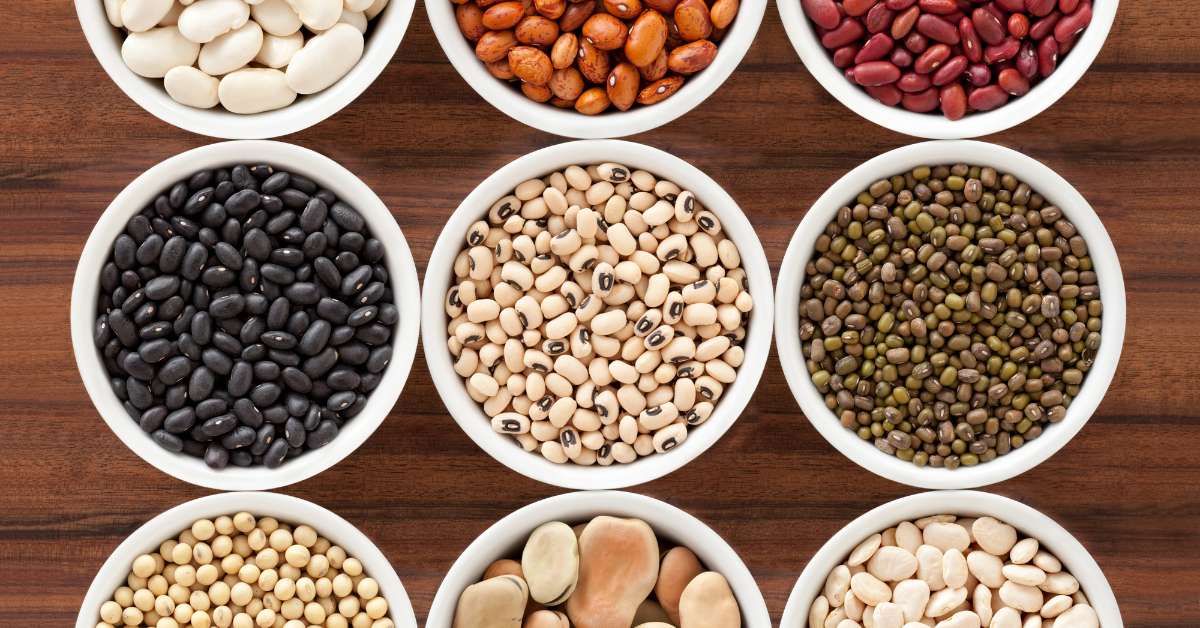
Adzuki Beans: These beans are versatile in various recipes, such as soups, stews, and desserts. They’re known for their nutty flavor and creamy texture, making them popular among bean enthusiasts.
Garbanzo Beans: Garbanzo, also known as chickpeas, offer numerous health benefits. They’re rich in protein and fiber, aiding in digestion and helping regulate blood sugar levels. Garbanzo beans can be incorporated into salads, spreads, or roasted for a crunchy snack.
Lima Beans: Lima beans are another bean variety worth mentioning. They have a delicate buttery taste and contain nutrients such as iron, folate, and potassium. Try adding ingredients like garlic or herbs to enhance their flavor when cooking lima beans.
When comparing the nutritional value of garbanzo beans and lima beans, both provide essential nutrients but differ slightly in protein content. Garbanzo beans contain more protein per serving compared to lima beans.
Here’s a table for quick reference. Note that the shelf-life can be affected by storage conditions.
| Type of Beans | Protein | Prepping/Simmer Time | Shelf-Life |
| (White beans) Navy beans Cannellini beans Great Northern beans | 21g 22g 21g | 45-60 mins. 60 mins. 45-60 mins. | 20-25 years |
| (Black beans) Black turtle beans Black-eyed peas | 23g 8g | 60-90 mins. 60-90 mins. | Up to 30 years |
| (Kidney beans) Red beans Pinto beans | 22g 21g | 60 mins. 60-90 mins. | 25-30 years |
| (Lentils) Red lentils Green lentils Brown lentils | 9g 9g 9g | 20-30 mins. 20-30 mins. 20-30 mins. | 25-30 years |
| (Other beans) Adzuki beans Chickpeas (Garbanzo beans) Lima beans | 20g 19g 8g | 45-60 mins. 60-120 mins. 45-60 mins. | 25-30 years |
How to Properly Store Prepped Beans
Storing prepped beans in an airtight container is essential to ensure optimal freshness.
Opt for glass or plastic containers with tight-fitting lids that create a seal when choosing a container option. Mason jars are popular choices as they provide excellent airtightness. Additionally, consider using vacuum-sealed bags to remove excess air and maintain freshness.
Temperature control is another crucial factor in preserving the quality of prepped beans. Store them in a dry and cool place, away from direct sunlight. The ideal temperature range for bean storage is between 50°F (10°C) and 70°F (21°C). Avoid storing them in the refrigerator, as this can lead to moisture absorption and affect their texture.
Moisture prevention is essential in maintaining the integrity of your prepped beans. Make sure they are completely dry before storage. If you’re concerned about moisture, add desiccant packets or rice grains to absorb any excess moisture within the container.
When considering the best foods to dehydrate for long-term storage, beans are an excellent choice due to their extended shelf life and nutritional value.
Cooking Techniques for Beans
Cooking techniques for beans can vary depending on the type of bean you’re working with. Some common methods include boiling, simmering, and pressure cooking.
A critical step in preparing beans is soaking them before cooking. Soaking offers several benefits, such as reducing cooking time and improving digestibility. To soak beans, soak them with water and let them sit for hours or overnight. You can also use the quick-soak method by bringing the beans to a boil for a few minutes and then letting them soak for an hour.
When it comes to seasoning your cooked beans, there are endless possibilities. You can add ingredients like garlic, onion, herbs (such as thyme or bay leaves), spices (like cumin or paprika), or even ham hocks for added flavor depth.
Cooking beans requires basic techniques like soaking and choosing the right type of bean for your recipe. Experimenting with different flavors and seasonings will help you create delicious dishes that satisfy any appetite while providing essential nutrients in these fiber-rich legumes.
Are There Any Beans to Avoid?
While beans are one of the best cheap foods that last a long time, a few might have specific characteristics that make them less ideal for storage. Here are a couple of beans that some preppers may choose to avoid:
Fava Beans: Fava beans can have a strong and slightly bitter taste, which may only appeal to some. Additionally, they require extensive preparation, including peeling the beans before cooking, which can be time-consuming.
Lupini Beans: Lupini beans require special preparation due to their high alkaloid content. If not prepared properly, they can be toxic and bitter. While they can be made safe to eat through soaking and boiling, their preparation process may make them less convenient for long-term storage.
Soybeans: They require specific processing to make them more digestible. Making soy-based products like tofu or tempeh requires additional steps and may not be suitable for all prepping scenarios. If you plan to store soybeans, processing them through soaking, sprouting, cooking, or fermentation to improve their digestibility and nutrient availability is recommended.
In general, it’s a good idea to prioritize beans that are easy to store, have a longer shelf life, and are versatile in cooking and meal preparation.
You might be interested in checking out our list of survival food you can get from the grocery store.
Prep for the Future with Beans!
In conclusion, beans are an excellent choice for prepping due to their long shelf life, nutritional value, and versatility. Beans can stay fresh for years with proper storage techniques, such as airtight containers and cool temperatures.
They also provide essential nutrients like protein and fiber that are crucial during emergencies. For example, in a case study conducted by the National Institute of Health, a family that had stocked up on various types of beans was able to sustain themselves during a prolonged power outage when access to fresh food was limited.
Therefore, including beans in your prepping supplies is a smart and practical decision.
